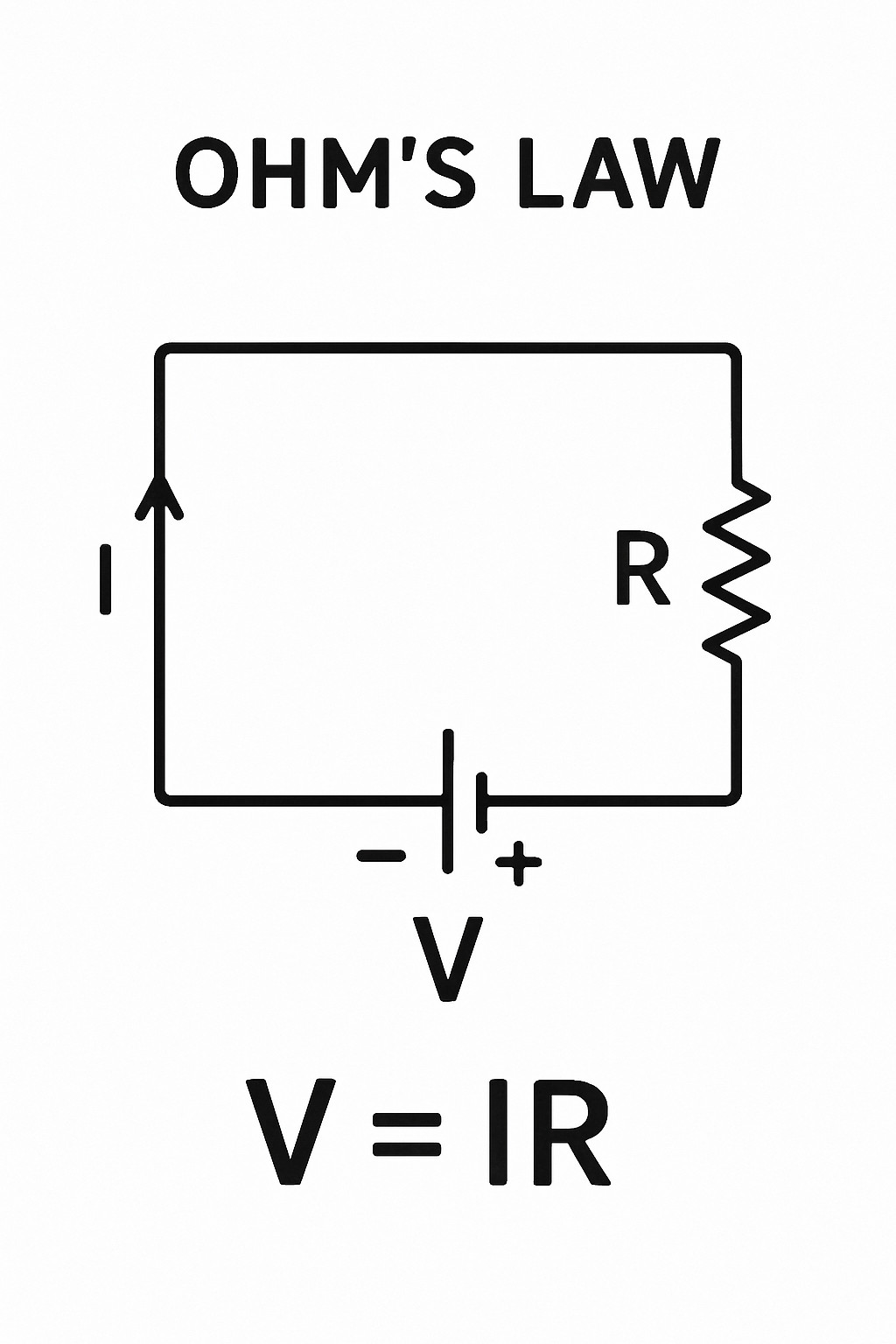Understanding Constant Voltage (CV) and Constant Current (CC) Modes in Regulated Power Supplies
2025-06-05
Most bench power supplies operate in two primary modes: Constant Voltage (CV) and Constant Current (CC). Both modes allow you to control the power output, but they differ in how the power supply responds to changes in the load (the device under test, or DUT).
Constant Voltage (CV) Mode
In Constant Voltage (CV) mode, the power supply maintains a set output voltage, regardless of changes in the load's resistance (up to a specified limit). The power supply will attempt to deliver the set voltage, as long as the current drawn by the DUT does not exceed a predefined current limit.
- If the resistance of the DUT results in a current that is lower than the current limit, the power supply will simply deliver the set voltage.
- If the DUT's resistance causes the current to exceed the current limit, the power supply will not exceed the limit and will enter Constant Current (CC) mode, adjusting the voltage to keep the current at the set limit.
Constant Current (CC) Mode
In Constant Current (CC) mode, the power supply will attempt to maintain a steady current output, regardless of changes in the DUT's resistance (within certain limits).
Here’s an important point to understand: while the power supply in CC mode acts to maintain constant current, it does not become a true current source. Instead, it regulates the output to ensure the current stays at the set value, even if the load's resistance changes.
- When the current drawn by the DUT exceeds the current limit, the power supply switches into CC mode, reducing the voltage to maintain the set current.
- If the current drawn by the DUT is less than the set current, the power supply will return to CV mode and maintain the set voltage.
The Crossover Between CV and CC
The crossover between CV and CC modes happens based on the relationship between voltage, current, and resistance—as described by Ohm's Law:
 Where:
Where:
- V is the voltage
- I is the current
- R is the resistance
When operating in CV mode:
- If the load's resistance causes the current to be lower than the current limit, the power supply will stay in CV mode.
- If the load’s resistance is low enough that the current exceeds the current limit, the power supply will switch to CC mode and hold the current at the limit, reducing the voltage accordingly.
In simpler terms, the power supply automatically switches between CV and CC modes based on the current demand from the load and the preset limits. If the current drawn by the load is below the set limit, the power supply will maintain the set voltage. If the current exceeds the limit, the power supply switches to CC mode and maintains the set current, adjusting the voltage as necessary.
Key Points to Remember
- CV Mode: The power supply maintains a constant voltage, but the current is allowed to vary within the set limit.
- CC Mode: The power supply maintains a constant current, but the voltage will vary as needed to ensure the current remains constant.
- The transition between CV and CC modes occurs automatically based on the load’s characteristics and the power supply’s settings.
By understanding the interplay between CV and CC modes, you can more effectively use your power supply for testing and characterizing electronic components, ensuring that you apply the appropriate voltage and current limits for different types of devices.